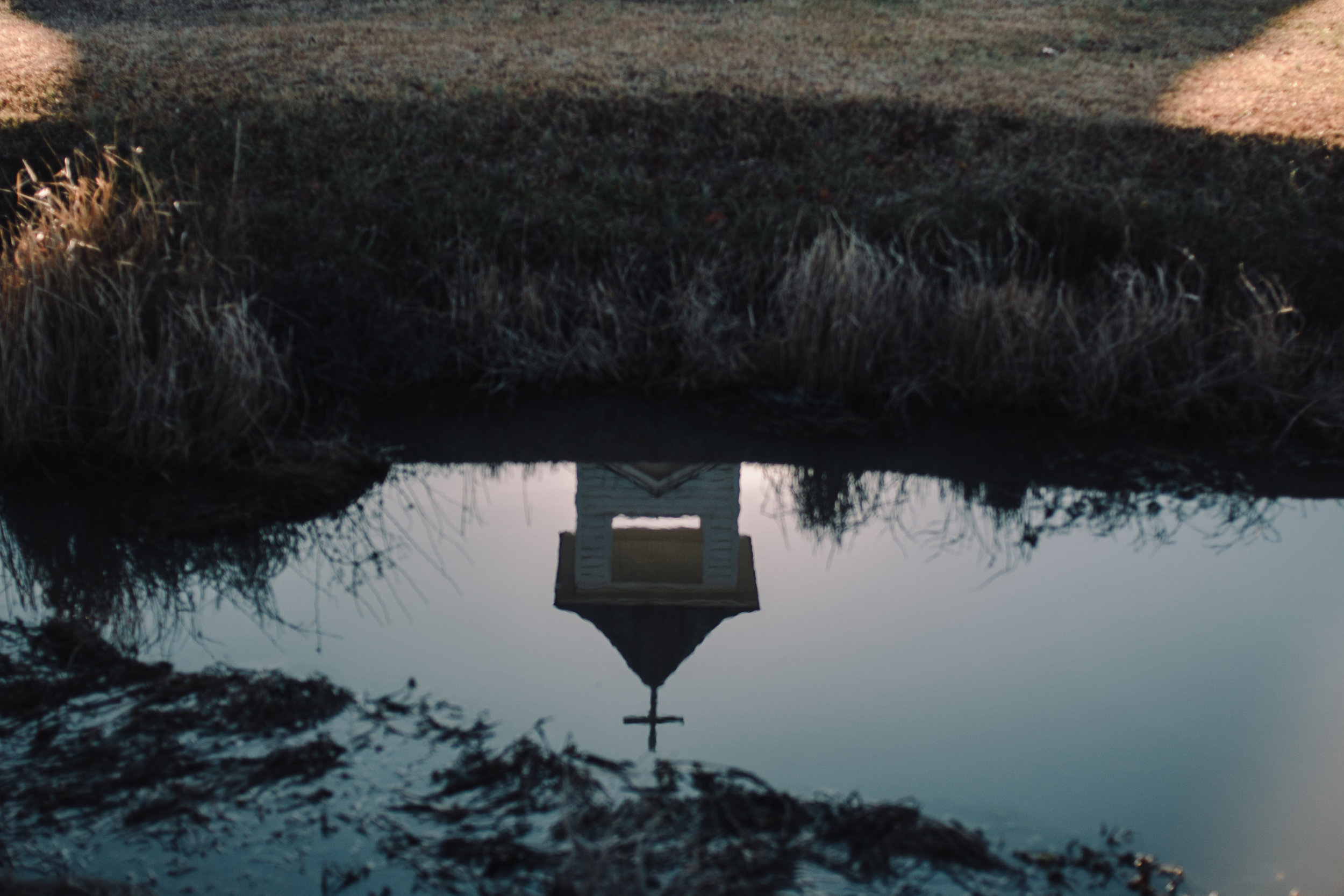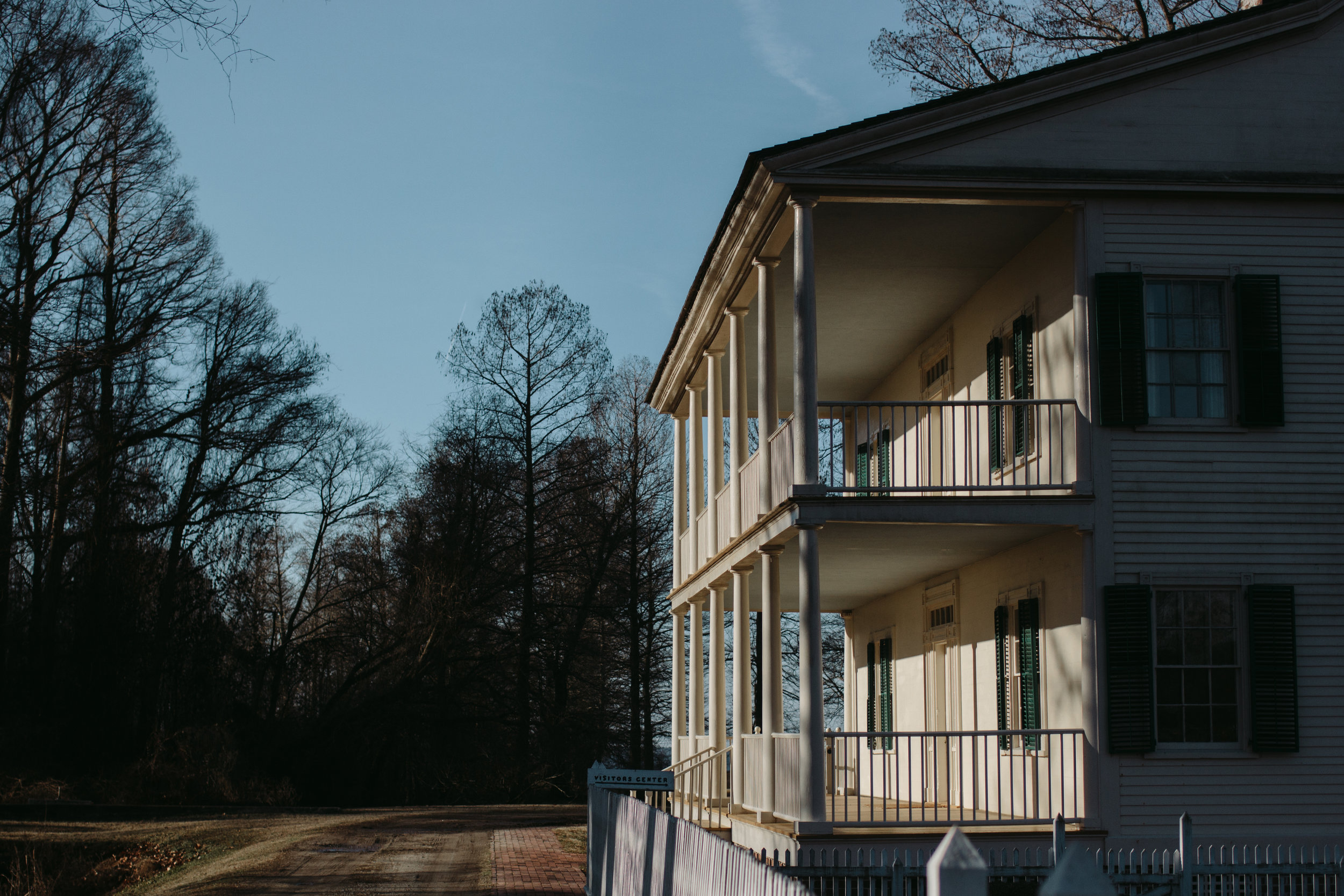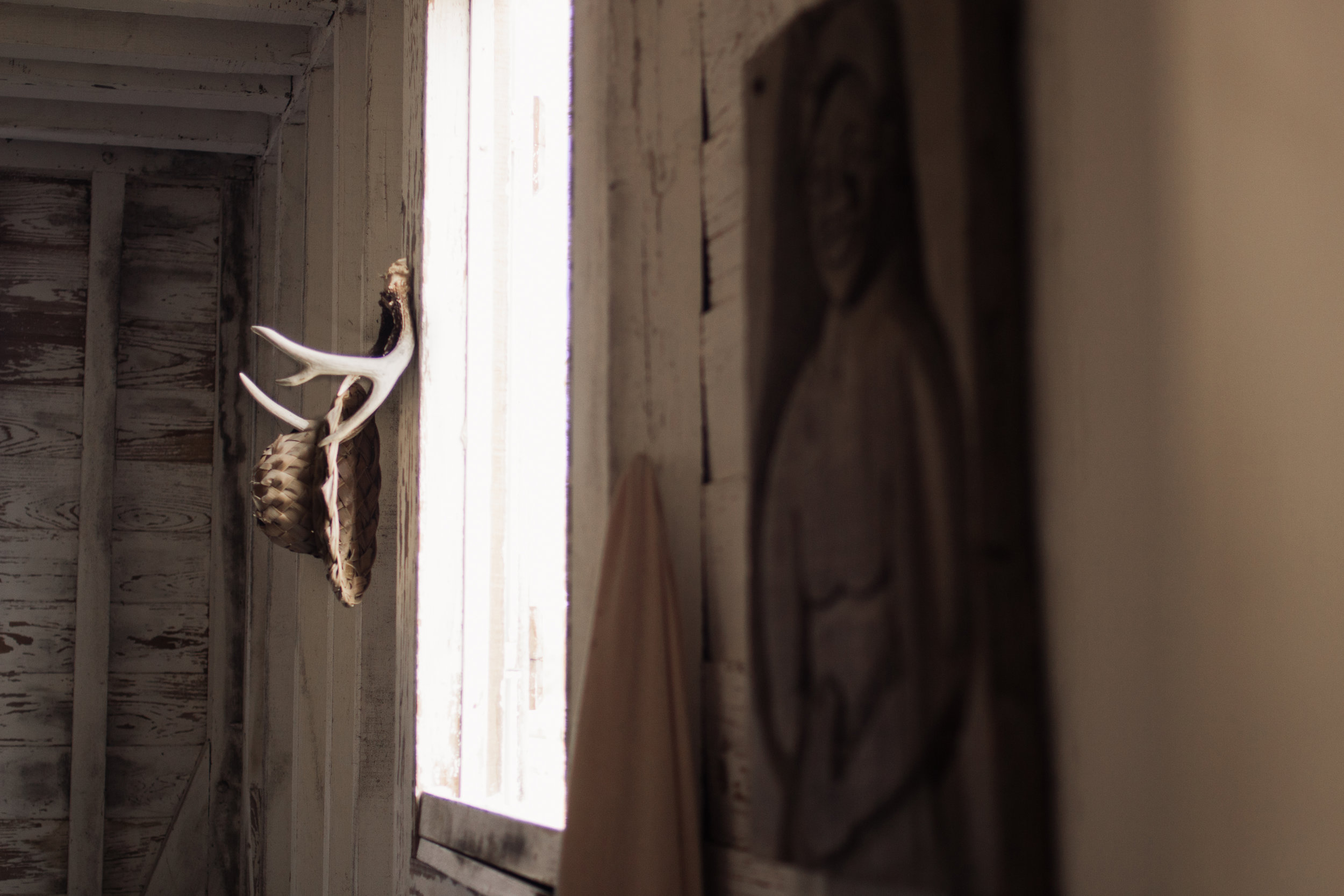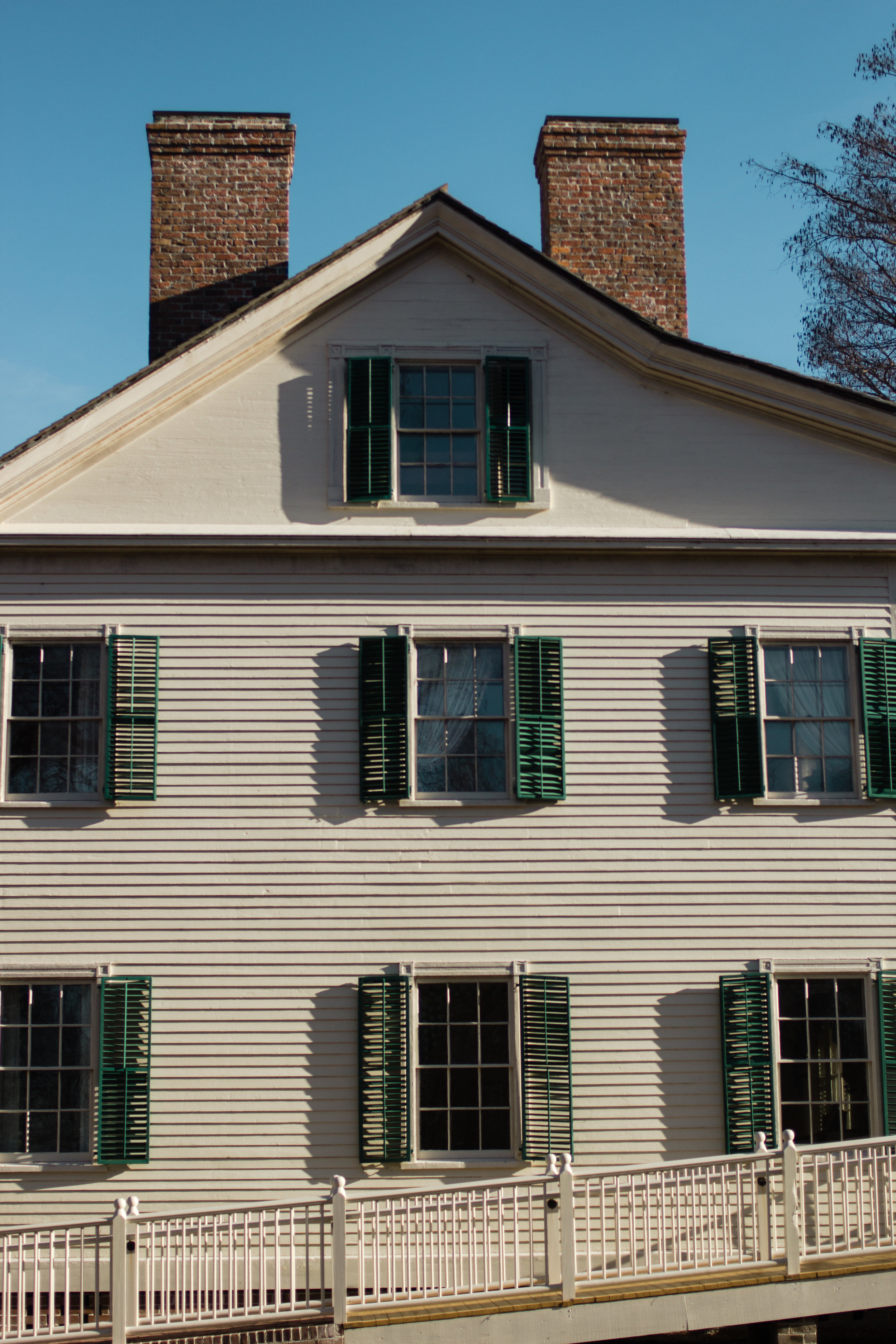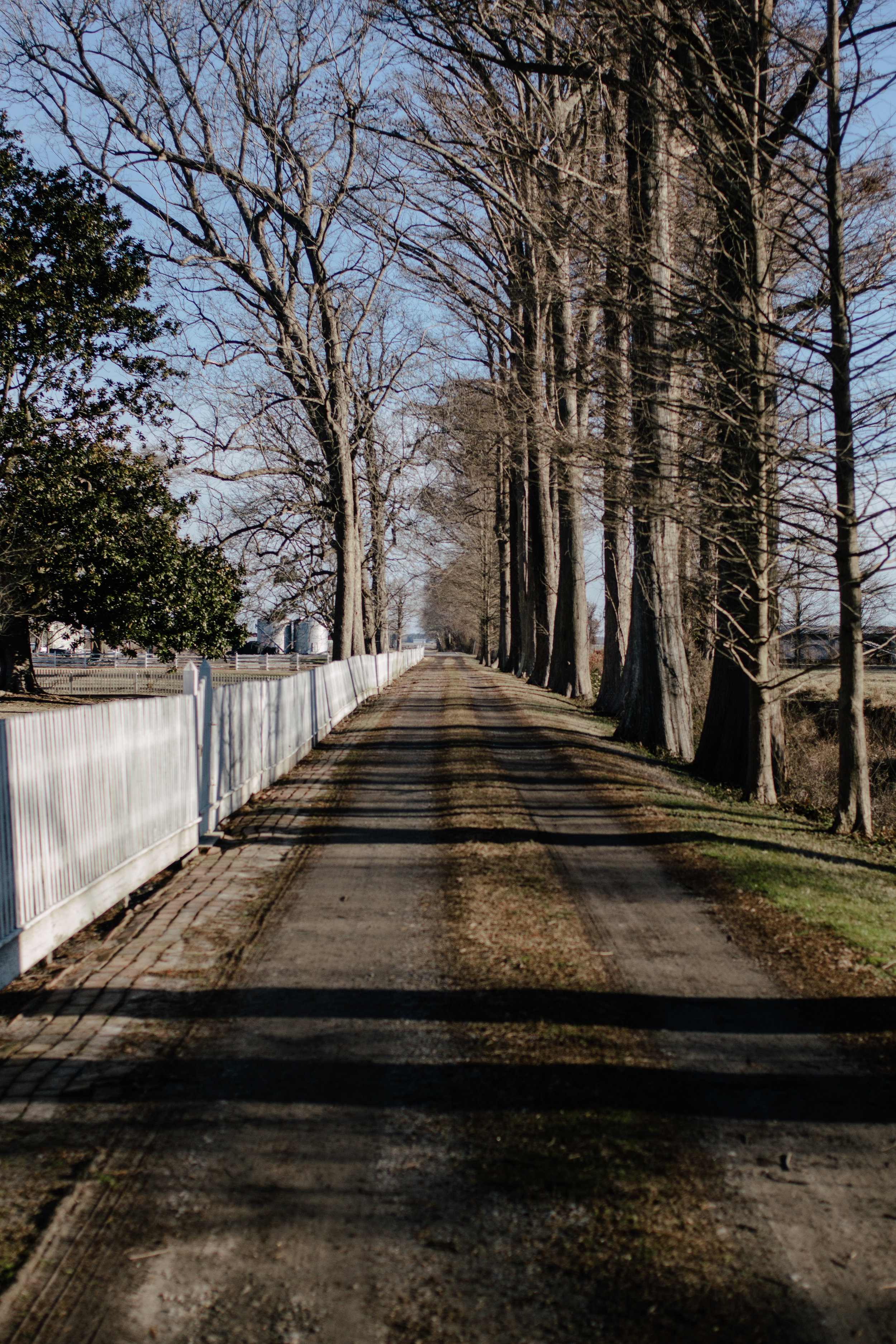Somerset Place
Originally published in Carolina Shore. Words in italics are my aside to you, my online reader. Aren't you lucky?
It was SO cold on this early February morning. My love for the job was just about the only thing keeping me warm and awake.
Somerset Place is positioned twenty miles south of Edenton, planted on the edge of Lake Phelps. As you approach the old plantation on a slim two-lane road, you begin to notice a small canal out the left window. It runs alongside your car for miles, making a gap between the asphalt and broad fields. You come to the end of pavement, and hit a gravel drive lined with trees. This was once the carriage drive, welcoming the plantation’s more refined visitors and drawing them towards the house. And what a house! It is three stories of lofty ceilings and solid wood, wide porches and lake views. In the morning on a clear day, the front porch soaks in the sun while the mansion casts a long shadow. At the time it was built, the 7,000 square foot house was twice the size of an average plantation home, and was slightly bigger than the combined housing for all of the 188 enslaved people working the plantation. Owned by three generations of savvy businessmen, Somerset Place grew into the third largest plantation in the state.
Josiah Collins I was an Englishman who immigrated to the then-colony of North Carolina in the 1770s, and purchased the 100,000 densely wooded acres in partnership with two other businessmen from Edenton. After buying out his partner’s stake in the endeavour, Josiah I named the land Somerset Place after his home county of Somersetshire and went about the business of creating a legacy for his descendants. Josiah I and his son Josiah II ran the plantation from a distance, living in The Homestead on the waters of Edenton, a house which is still occupied by Collins descendants to this day. By 1820, the plantation represented a roaring business endeavour, with 50 structures across the property including a saw mill, grist mill and a four story barn. All of the Collins men proved themselves to be clever in business, pivoting strategies when necessary and staying ahead of the curve. When Josiah III took over the plantation (and along with it, the aggregated wealth of his family), he decided it was time for the family to live out where the work was happening. He commissioned a mansion that would come to be a symbol of the Collins family’s success, wealth, status and power.
Josiah II, I believe. I don't think he approved of my presence in the office, but I don’t approve of the way he obtained and maintained his wealth, so…
The home became a center of activity. The social scene swirled around the Collins parlor and sat down to dine at their seemingly endless dining room table. The rooms were constantly occupied, either by the owners or their ever-present guests (Josiah III’s wife Mary was from New Jersey, and frequently had guests from her home state down for extended visits). Next door to the mansion, Josiah III built the Colony House, which would serve as a boarding school for his six sons and the home for their in-house minister, the tutor, 25 dogs and two monkeys. With a multitude of specialized skills represented across the plantation, Josiah III made sure his family could have many of the luxuries they could find themselves wanting in Edenton. The Collins family had taken their place in the new aristocracy that was forming in the south, one that was built upon the labor of the enslaved.
The overseers lived in that small house at the end of the lane, where they had the best vantage point of everything going on on the plantation.
Just five years after the three business partners bought the land by Lake Phelps, the plantation was being worked by 160 enslaved men, women and children - 80 of whom had been taken from their homes in west Africa. By 1860, this number had shot up to 328. The majority of the enslaved people were out working the fields from sunrise to sunset, five to six days a week depending on the season. 25-30 people worked in the owner’s compound, a collection of buildings called dependencies with industries that provided for the Collins family needs including a dairy, a laundry, a kitchen and a smokehouse, all sitting in the shadow of the mansion. As was the case in many plantations, order and the owner’s benefit were given top priority, resulting in a system which rewarded compliance. While the overseers were certainly not above corporal punishment, subtler tactics were often employed to keep the enslaved community in a position that made resistance almost unthinkable.
Food was rationed out week by week, clothing was likewise rationed and received on an annual basis and even the plants that filled their gardens were selected by overseers. When they went to church on the plantation property, they heard sermons about their duty to serve earthly masters well, in a twisted mixture of religion and pecuniary interest. When they got off work, they walked to homes beyond the white picket fence which served as a clear dividing line between the plantation owners and the enslaved community - only the enslaved people who worked in the owner’s compound were permitted past it, and even then only during working hours.
The enslaved were in such a position that the best a mother could realistically hope for her child was that he would spend day after day of his life working in the owner’s compound, and not in the fields. Such was the case of Sukey, an enslaved woman who historians think strategically married men who had responsibilities within the compound to try and give her children the sliver of opportunity. The purchase of Sukey by Josiah I benefitted three generations of Collinses, while 131 of her direct descendants were born into enslavement.
So runs the dichotomy of plantation life. Within the mansion, there are fascinating characters with wants and needs and longings like anyone else. There were hard-headed businessmen, and there were women with sharp minds and even sharper pens. One of our personal favorite stories was about Alethea, sister to Josiah Collins III and a seeming maiden aunt. Refusing to marry and living with her brother until she found the right person, Alethea held out until she was thirty-nine, refusing several potential suitors in the meantime. Above the mantle in her room a beautiful print was hung behind delicate, wavy glass: an epic portraying Moses leading the Israelites out of slavery and through the Red Sea. The irony seems to have been lost on Alethea, who was waited on by enslaved people for most of her life. As charmed or intrigued as we are by the inhabitants of the mansion, we cannot ignore the people who lived beyond the picket fence.
Side note: Alethea refusing to marry a neighbor's son caused a rift between the two families that lasted for years, proving (in my humble opinion) that she dodged a bullet.
Josiah III’s office contained some of the family’s 3,000 books which helped enhance the education of some members of the community, but it was also a place of power where he was making decisions that would impact the lives of human beings he saw as property. Any history teacher will tell you that the point of history is to understand people, and to learn from their mistakes. If we choose to only examine the beautiful side, we will miss the lessons of things humanity has done badly. Historians at Somerset Place are careful to give a well-rounded look into plantation life, and make sure that the history of the silenced majority of plantation life is heard alongside of the stories of the everyday man and the plantation owners.
If you choose to visit Somerset Place, you will be treated to a thorough tour. In exchange for only your time, a historian will take you on a loop around the property: through the reconstructed slave’s quarters, through the plantation hospital, in and around the dependencies in the owner’s compound, and through the house itself. For an hour and a half, you will be regaled with stories from people from all walks of life, possibly with an appearance by resident reigning feline, Miss Kitty. You will see the world as it truly was, and come away wanting to see the rich, fully-rounded story that is hiding throughout the rest of history.
Miss Kitty is a delightful addition to any tour, and she has taken to perching on the tour guide’s shoulder like a parrot. She’s the queen of the plantation, and she knows it.
After my visit to the plantation, I drove into Edenton to track down the Collins family graves. While I was meandering around the graveyard (I’m starting to wonder how much of my career I will spend in graveyards - not a complaint, just a ponderment), a church member told me I should check out the inside of the church - the doors are almost always open. Thank you, Small Town NC!


